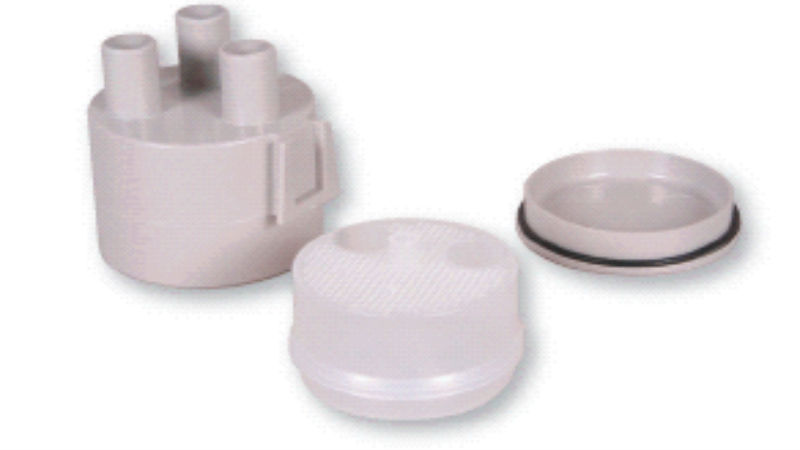Most don’t think about it, but the metal structures that contribute to architecture, manufacturing, travel, and other modern industries are the result of the art and science of custom steel fabrication. The art is in taking one thing and turning it into something else; the science is in the use of specialized equipment combined with skilled craftsmanship to accomplish the task. Each project begins inside of an inventive mind, then designers go about cutting, bending, and forming material according to purchaser needs.
Custom Fabrication Process
Metal cutting requires knowledge of tools, cut types, shapes, and cutting procedures based on the results needed.
Typically, a project manager starts with either sheet metal – which consists of rectangular sheets and various size plate rolls – or, structural metal. The latter comes formed prior to usage (such as channels, angles, and beams). Speaking about beams, these command more attention during the cutting process due to their origination.
More On Cutting
In custom steel fabrication, practitioners use notches and punches to form openings in the metal. It’s the effect of high pressure being applied to the steel as it will likely become an integral piece of a larger structure.
Naturally, saws handle all of the straight-line work, but what about when things get a bit more complex? Instead of the saw, operators will move up to shears, especially when the job calls for making more articulate cuts.
CB Mills engineers solutions in metal fabrication and steel tank design. Reach out to them for more about product strategies.




